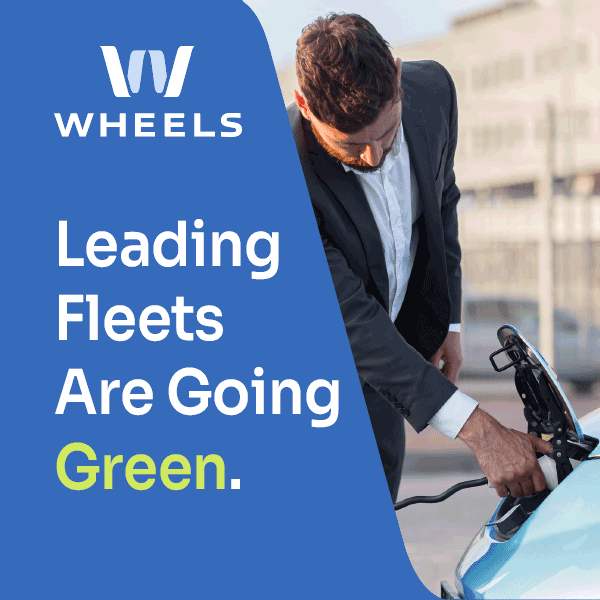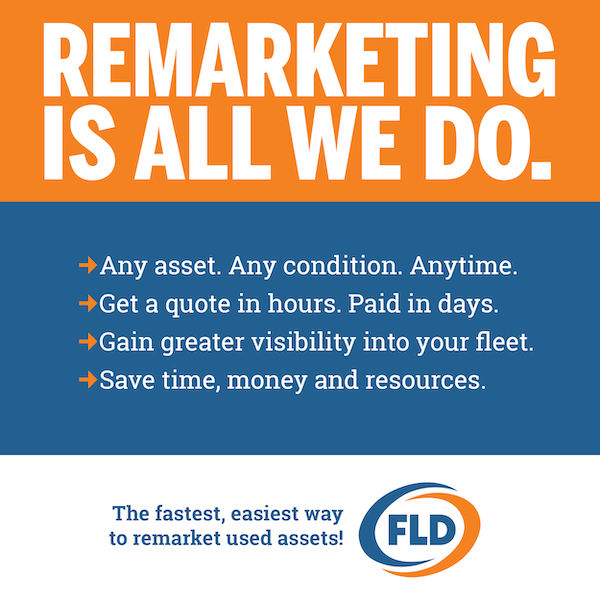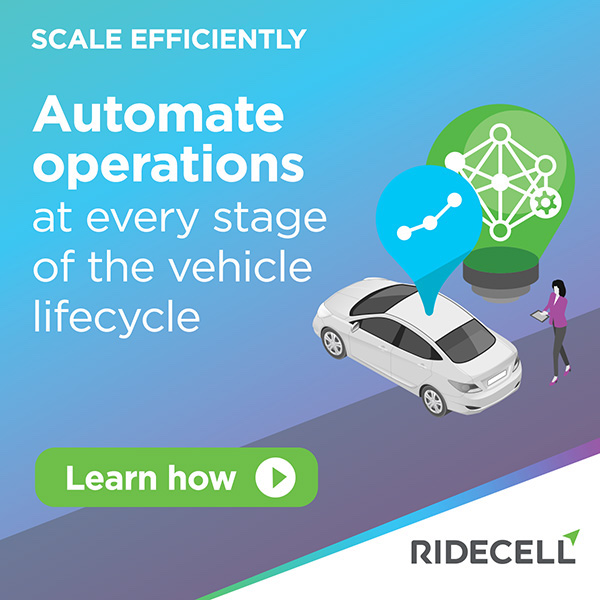
By Mark Boada, Senior Editor
Fleets considering acquiring crash-avoidance technology may be surprised to see more accidents happening rather than fewer, at least in the short term. That’s what modern automotive history shows, and there’s anecdotal evidence that it’s already happening with the latest round of driver assist systems.
The president of a fleet driver safety company told me recently that his instructors are hearing every week from drivers who say they believe that their forward crash or lane departure warning system contributed to a recent accident. “They’re overreacting to the warning signals,” he said, and causing crashes as a result, instead of avoiding them. “They really don’t know how to interact with these systems to use them properly.”
If you’re familiar with the history of automotive safety innovations, this should come as no surprise. The same thing happened with the introduction of anti-lock brake systems (ABS) some 20 years ago. In 1996, the Insurance Institute for Highway Safety (IIHS) reported that ABS-equipped cars were more likely than cars without them to be involved in fatal crashes, particularly single-vehicle crashes.
Seeking an explanation, Brian O’Neill, then-president of IIHS, echoed the comments I heard from the safety company executive: “We don’t know why antilocks aren’t producing the benefits many people expected…They might pump the brakes or not hit the pedal hard enough so the antilock feature isn’t activated. [They] might react to pedal feedback…and ease off the brakes, which deactivates antilocks. Or they could be braking hard and wrenching the wheel in emergencies to avoid one type of crash while steering into another.”
Lack of familiarity with how new safety systems work is one factor that could account for the contrary results. Another is complete misunderstanding of what the system is designed to do. Take four-wheel drive vehicles: how many SUVs have you seen speeding past you on an Interstate when there’s snow and ice on the road? While statistics are hard to find, some observers claim that four-wheel drive vehicles are involved in more crashes than two-wheel drive in bad winter weather. The reason? Those two extra drive wheels get you going better, but they don’t help you brake better – yet drivers confuse the two and mistakenly assume the system shortens their braking distance.
There are other kinds of human errors that nullify the benefits of automotive safety equipment, not the least of which is failing to buckle a seatbelt. Accidents have been known to occur when drivers don’t realize that they haven’t switched on their active cruise control – which automatically maintains a safe following distance, or when they shut off the lane-departure warning system because they find it annoying.
And O’Neill offered another reason for more accidents in a vehicle with new safety equipment, a phenomenon known as “risk compensation,” the theory that when drivers feel safer they take more risks. The theory is that each of us is born with an intuition for the acceptable amount of risk we can take, and that when we perceive that our safety has been improved we adjust our behavior to retain our innate balance between risk and safety.
This factor goes beyond the fact that drivers can become less vigilant and pay less attention when they believe their safety equipment is doing all their work for them, as can happen when drivers engage the cruise control on interstate highways. It’s called complacency, and it’s dangerous.
I’m not advocating against the adoption of new safety technology. What I am saying is that it’s critically vital when fleet managers introduce driver assist systems that they make sure that their drivers:
1) Are thoroughly trained in how to use them
2) Understand both what they are and aren’t designed to do
3) Know that over-relying on the new equipment or overestimating its capability not only can but actually has contributed to accidents.




